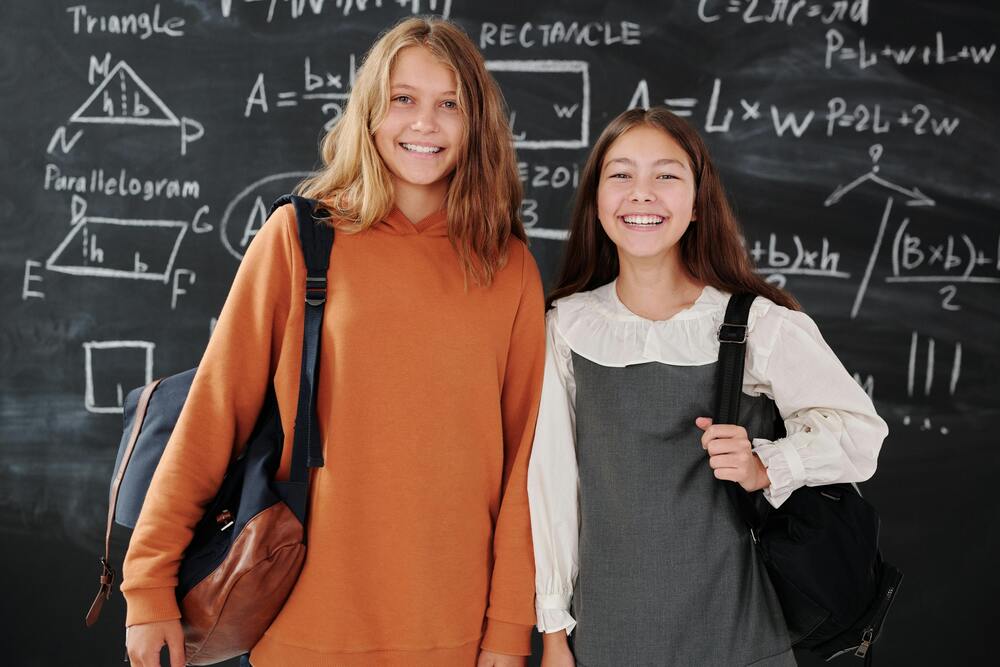In the ever-evolving landscape of education, the debate between active and passive learning continues to gain traction. With the rise of technology and innovative teaching methods, understanding which approach yields better results is crucial for students, educators, and institutions alike. This blog delves into the effectiveness of active versus passive learning, supported by compelling statistics and clear tables, to help you make informed decisions about your learning journey. ?✨

Understanding Active and Passive Learning
Active learning involves engaging students directly in the learning process, encouraging them to participate, discuss, and collaborate. This method often includes group work, problem-solving, and hands-on activities. In contrast, passive learning typically involves traditional lectures where students receive information without much interaction.
Key Differences
| Feature | Active Learning ? | Passive Learning ? |
|---|---|---|
| Student Engagement | High | Low |
| Retention Rate | 75% | 20% |
| Critical Thinking Skills | Enhanced | Limited |
| Collaboration | Encouraged | Minimal |
| Feedback Opportunities | Frequent | Rare |
The Statistics Speak
Research shows that active learning can significantly enhance student performance. A study published in the Proceedings of the National Academy of Sciences found that students in active learning environments scored, on average, 6% higher on exams compared to their peers in traditional settings. This statistic highlights the potential of active learning to improve academic outcomes.
Exam Performance Comparison
| Learning Method | Average Exam Score (%) | Improvement (%) |
|---|---|---|
| Active Learning | 78 | +6 |
| Passive Learning | 72 | - |
Moreover, a meta-analysis of 225 studies revealed that active learning can lead to a 1.5 standard deviation increase in student performance. This is equivalent to moving a student from the 50th percentile to the 93rd percentile! Such a dramatic shift underscores the power of engaging students in their learning process.
Benefits of Active Learning
-
Enhanced Retention: Active learning techniques, such as group discussions and hands-on projects, help students retain information longer. According to research, students who engage in active learning retain 75% of what they learn, compared to just 20% in passive settings.
-
Development of Critical Thinking: Active learning fosters critical thinking skills, as students are encouraged to analyze, evaluate, and create rather than just memorize information. This skill is essential in today’s fast-paced world, where problem-solving is key.
-
Increased Motivation: Engaging students in their learning process can boost motivation and interest in the subject matter. When students feel involved, they are more likely to participate and invest in their education.
Active Learning Techniques
| Technique | Description | Effectiveness (%) |
|---|---|---|
| Group Discussions | Students discuss topics in small groups | 85% |
| Problem-Based Learning | Students solve real-world problems | 90% |
| Interactive Simulations | Hands-on activities that mimic real-life scenarios | 88% |
Challenges of Passive Learning
While passive learning has its place, particularly in delivering foundational knowledge, it often falls short in fostering deeper understanding and engagement. Students may find themselves disengaged, leading to lower retention rates and a lack of critical thinking skills.
The Downside of Passive Learning
-
Limited Interaction: Passive learning environments often lack opportunities for students to ask questions or engage in discussions, which can hinder understanding.
-
Lower Retention Rates: As mentioned earlier, students retain significantly less information when learning passively. This can lead to difficulties in applying knowledge in practical situations.
-
Reduced Motivation: The lack of engagement in passive learning can lead to decreased motivation and interest in the subject matter, making it harder for students to succeed.
Conclusion: Finding the Right Balance
In conclusion, while both active and passive learning have their merits, the evidence strongly favors active learning as the more effective approach for enhancing student performance and engagement. By incorporating active learning techniques into educational practices, educators can create a more dynamic and effective learning environment.
For those interested in exploring more about active learning strategies, resources like Edutopia and The Learning Scientists offer valuable insights and practical tips.
Ultimately, the key to effective learning lies in finding the right balance between these two approaches. By embracing active learning while recognizing the value of passive methods, students can maximize their educational experiences and achieve greater success. ??



